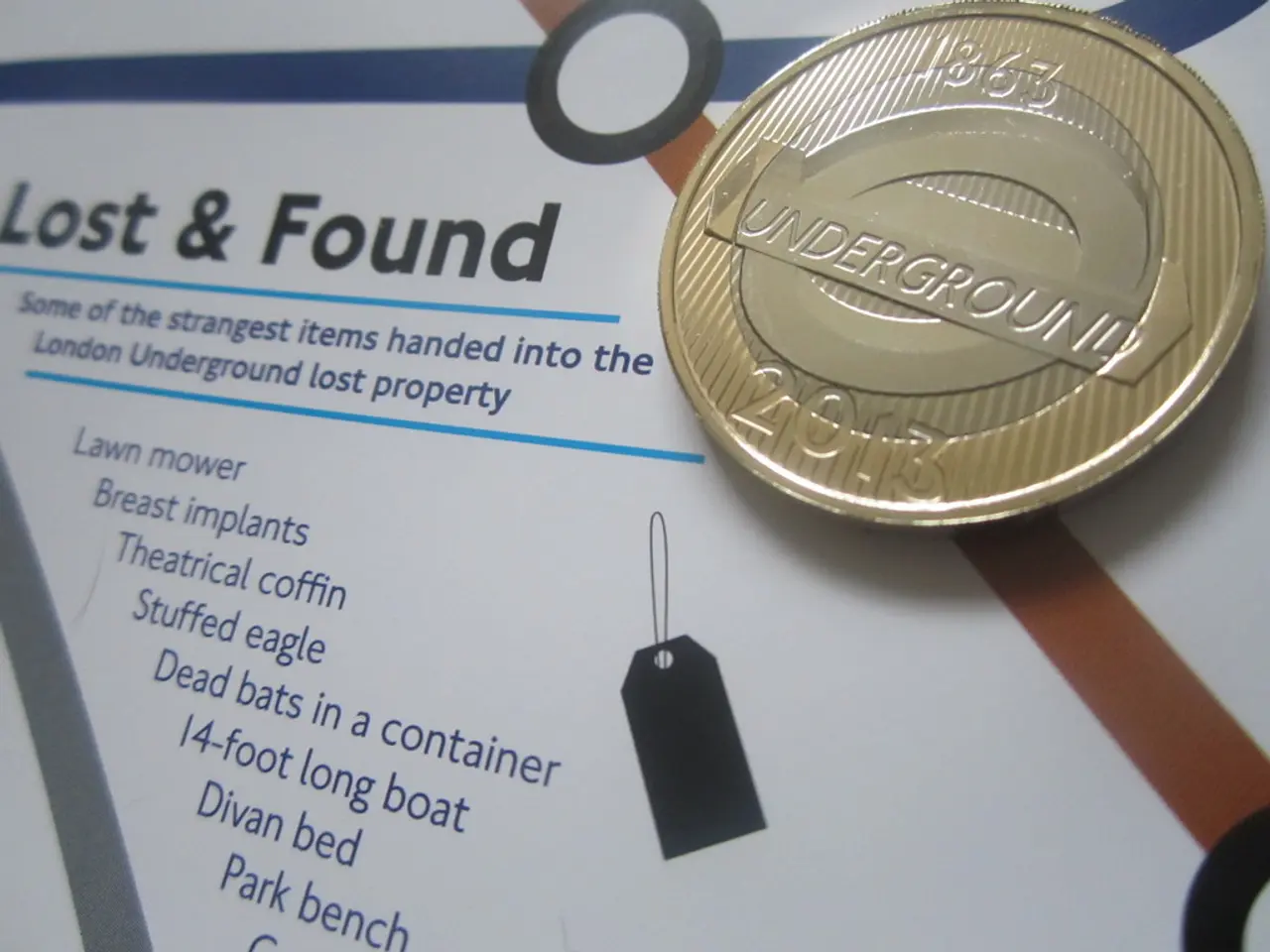Regulatory environment fuels growth in stablecoins, but is this adequate?
The emergence of stablecoins, digital currencies denominated in national currencies and operating on blockchain, is reshaping the landscape of payments and finance. However, their impact goes beyond just speeding up transactions; they are also influencing compliance, money fragmentation, and competition within the industry.
Compliance
Strict regulations, such as mandates for 100% cash-equivalent reserves and anti-money-laundering (AML) requirements, are being imposed on stablecoin issuers. For example, the U.S. GENIUS Act limits issuance to insured depository institutions or approved nonbanks, requiring 1:1 reserve backing, regular audits, and adherence to AML and anti-terrorism financing measures. While this creates a robust compliance framework that enhances trust, it increases operational costs for issuers [1][3][5].
Money Fragmentation
Without harmonized regulation, multiple stablecoins issued by various entities can lead to ecosystem fragmentation. Banks issuing their own stablecoins may create isolated digital payment circles, diminishing interoperability and increasing complexity in money flows. To avoid this splintering, financial institutions prefer collaborative approaches, such as consortium-issued stablecoins with segregated reserves or a universal stablecoin issued by a global player [1].
Competition
Regulatory asymmetries between banks and nonbank issuers create uneven playing fields. Banks face significant regulatory burdens, including capital and liquidity requirements, while nonbanks might have more technical agility in blockchain applications but less regulatory oversight. This dynamic influences competition in stablecoin issuance and operational roles, with banks potentially acting as partners (e.g., reserve custodians) to nonbank issuers [2][3].
Harmonized Regulation
Harmonized federal rules with clear licensing, reserve, AML, and interoperability requirements can mitigate fragmentation and create a more balanced and efficient competitive environment. By establishing a uniform federal licensing regime for stablecoin issuers, mandating transparent reserve requirements, encouraging interoperability standards, and promoting coordinated global regulatory efforts, regulators can ensure a level playing field, financial stability, and consumer protection [1][2][3][5].
In summary, stablecoin regulation directly shapes compliance rigor, market fragmentation, and competitive dynamics. Harmonized federal rules with clear licensing, reserve, AML, and interoperability requirements can mitigate fragmentation and create a more balanced and efficient competitive environment in the financial industry. This enables stablecoins to strengthen payments infrastructure while safeguarding financial stability and consumer trust [1][2][3][5].
It is worth noting that stablecoins, despite not necessarily moving money quickly, have not addressed the main obstacles for moving money, which are compliance and intermediation. The longer the payment chain, the more burdensome the compliance checks. Stablecoins promise redemption at par (1:1) in a national currency, similar to e-money and bank deposits, and can be transferred to third parties, enabling borderless and frictionless transfers. However, these easy transferabilities may enable transactions outside of traditional compliance channels [4].
For countries still considering stablecoin regulation, a better approach would be to map stablecoins into existing regulation or ask stablecoin issuers to elect any of the existing regulatory models. Compliance frameworks exist to ensure money is transferred only upon certain checks to prevent money laundering, terrorism financing, and observe sanctions [4]. Delegating compliance is delicate and near impossible if the issuer were to assume liability for failed compliance. A clearing arrangement like the one maintained by banks, such as nostro accounts, could facilitate the transfer of stablecoins [4].
References:
[1] Deloitte (2021). Stablecoins: A new currency for the digital age. [Online] Available at: https://www2.deloitte.com/content/dam/Deloitte/us/Documents/finance/us-cf-stablecoin-whitepaper.pdf
[2] FedTech (2021). Stablecoins and Central Bank Digital Currencies: A Primer. [Online] Available at: https://www.federalreserve.gov/publications/2021-federal-reserve-bank-technology-series.htm
[3] House Committee on Financial Services (2020). Stablecoins: An Examination of Regulatory Frameworks and Risks. [Online] Available at: https://financialservices.house.gov/uploadedfiles/hr1497_116th_mark.pdf
[4] European Central Bank (2021). Stablecoins: A digital euro is needed. [Online] Available at: https://www.ecb.europa.eu/pub/pdf/other/stablecoins-a-digital-euro-is-needed-202109.en.pdf
[5] International Monetary Fund (2021). Stablecoins: A new form of money? [Online] Available at: https://www.imf.org/en/Publications/Staff-Discussion-Notes/Issues/2021/09/16/Stablecoins-A-new-form-of-money-48115
- The strict regulations for stablecoin issuers include mandates for 100% cash-equivalent reserves, anti-money-laundering (AML) requirements, and regular audits to ensure robust compliance, increasing operational costs.
- Harmonized federal rules, with clear licensing, reserve, AML, and interoperability requirements, can mitigate market fragmentation and create a more balanced and efficient competitive environment in the financial industry.
- Regulatory asymmetries between banks and nonbank issuers create uneven playing fields, influencing competition in stablecoin issuance and operational roles, with banks potentially acting as partners to nonbank issuers.
- Stablecoins, despite not necessarily moving money quickly, promise redemption at par (1:1) in a national currency, facilitating borderless and frictionless transfers, which may enable transactions outside of traditional compliance channels.
- For countries considering stablecoin regulation, a better approach would be to map stablecoins into existing regulation or ask stablecoin issuers to elect any of the existing regulatory models to ensure money is transferred only upon certain checks to prevent money laundering, terrorism financing, and observe sanctions.
- The emerging field of stablecoins and digitalization in finance presents opportunities for artificial intelligence and machine learning to offer public insights into risks, economics, and business strategy related to these new forms of currency and payments.




